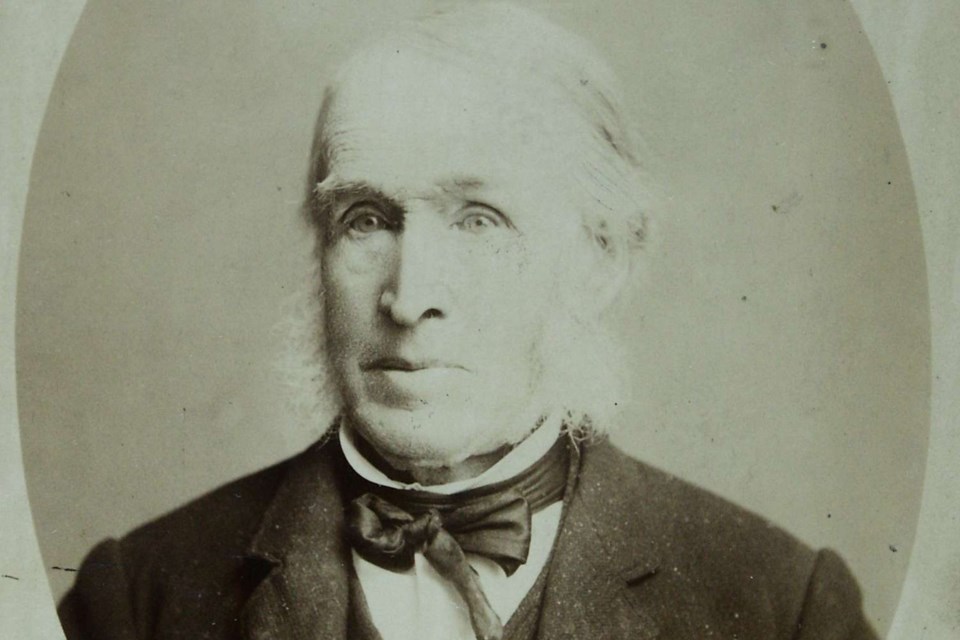William Robinson was among the earliest settlers in Bradford. He led a life of distinction and not a little amount of adventure.
William John Robinson was born on Aug. 1, 1774, at Shinrone, County Offaly, in central Ireland. His parents, John and Elizabeth (nee Armstrong) Robinson were small landholders or English descent.
In 1798, when William was 24 years old, Irish peasants revolted against the corrupt English government run out of Dublin. The rebellion quickly spread across the country, overwhelming small, isolated British outposts. The entire island was in chaos, and it was almost impossible to remain aloof from the struggle.
In light of his heritage, it should come as no surprise that Robinson remained loyal to England. He served during the 1798 Rising as a lieutenant in a mounted Yeomanry unit, seeing action in what was a short but brutal campaign that ended with the rebels defeated. Robinson remained in the Yeomanry for a number of years thereafter.
In 1822, Robinson emigrated to Canada. The impetus for the move is a matter of speculation. The fact that left his wife, Mary, and their seven children behind until he could be settled suggests it was not a matter of strife stemming from the rebellion of two decades prior. Nor was he impoverished. It seems likely that, like so many migrants, he simply wanted a better life.
We do know that he was encouraged to make the move, or at least inspired to do so, by Mary’s cousin, James Wallace, who had established a farm in the south part of what is now Bradford West Gwillimbury and sent back glowing reports about the arable land.
Whatever the motivation, Robinson sailed for Canada and initially settled in Holland Landing where he served as a cobbler, making and repairing shoes for the growing community. He was there for five years until he had saved enough to purchase 200 acres of land just north of Bradford (lot 15, concession 8). He was one of the earliest settlers in Bradford, a true pioneer.
Finally on firm footing, he at last called for his family to join him in 1829. It was a reunion seven years in the making. Robinson and his four sons cleared the land for fields and soon a thriving farm had taken root.
Robinson was a well-respected figure in the area. He opened his home to weary travellers, many of them homesteaders exhausted from the journey up Yonge Street – invariable on foot or atop a rickety wagon pulled by plodding oxen – and desperate for some comforts.
He may also have been responsible for naming Bradford, after the family’s ancestral hometown in Yorkshire, England.
In addition to cultivating the land, there are some records indicating that Robinson ran a sawmill. If so, it would have been among the earliest in the township.
In time, Robinson divided the 200-acre farm in two: eldest son Gilbert was given the north half when he married in 1835, while the youngest son, David, took the southern half. William and George went north, putting down stakes in Innisfil.
William Robinson died on May 5, 1860, aged 85.



